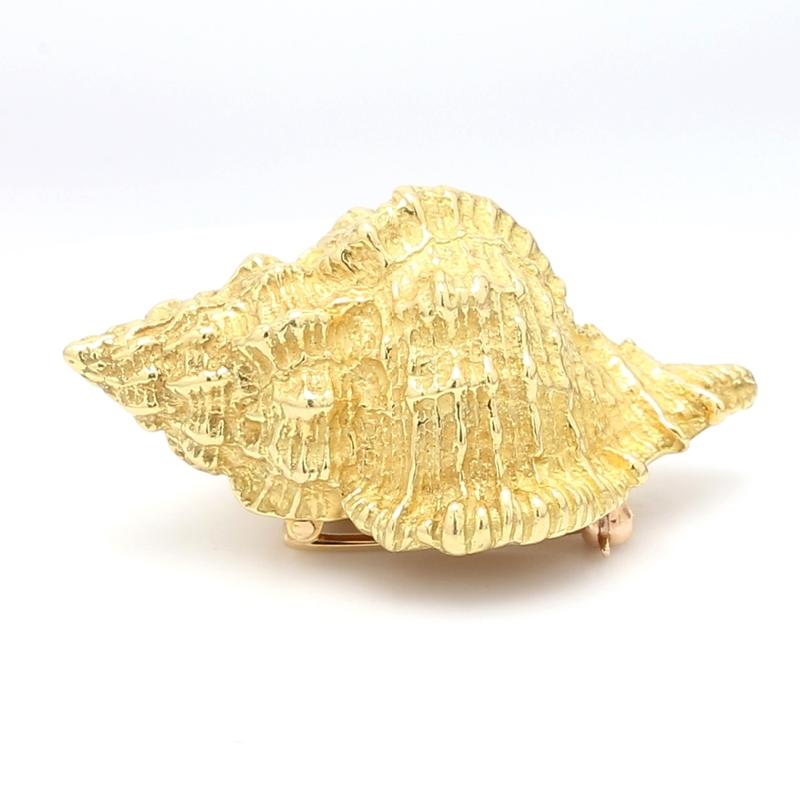The Sweat of the Sun
In Mexico for the Mesoamerican culture, gold was extremely valuable. The Aztecs believed that gold was the sweat of the sun. They thought they could actually pick up pieces of the sweat of the sun. Gold had strong spiritual significance because the God of Sun was a very important component of their culture.
With gold's beautiful properties, it's shiny and yellow, it was only natural to assign its origins to the Sun. What is really amazing is we now know that gold, like most heavy metals, is forged by stars through nuclear fusion.
One Astro Physicist’s theory is the formation of gold comes the collision of 2 neutrons stars. (a star 20 times the mass of our Sun)
So, the theory goes: Two neutron stars orbiting around each other kiss generating billions of degrees of heat and eject a Jupiter sized mass of pure gold. Wow, wonder how much that is worth!
Let’s see, Jupiter weighs one trillion eight hundred ninety-eight billion metric tons – a metric ton is 2204 pounds. So about four quadrillion one hundred eighty-three trillion one hundred ninety-two billion pounds of gold. Times $31,040 per pound = it’s worth a whole heck of a lot!
From the stars to earth
Gold and other metals found its way to earth in meteorites as they bombarded the earth’s surface 200 million years after our planet formed. Earth was still hot enough to melt iron, gold, and other metals, which sank to make the core.
When fault lines slip and there are earthquakes, gold deep from underground can gather in the cracks between slabs of rock. There gold can be mined or discovered later after it has been washed down by rain into a river.
First Gold Mines
Ancient Egypt is considered as one of the first civilizations in the world to discover gold. Gold production started as early as pre-dynastic times in Egypt around 4000 B.C. By 1300 BC, they were mining underground veins of gold in Nubia, a region along the Nile river.
With more than 100 mines in the Nubia area under Egyptian control, Egypt had the largest gold-filled treasury in the ancient world. Becoming the dominant power in the Middle East until around 664 B.C.
Gold has been a much desired and used metal even before the Egyptians. Much of those early days is not known. But with the many hieroglyphs and artifacts, we know that the ancient Egyptians loved gold.
They buried their kings and queens with it, designed accessories, used it as decoration, made furniture with it, and used it as an exchange in international trade.
The Beatles Discovered Gold in Africa?
Did you know George Harrison was digging up stones to build a house in South Africa and found an outcropping on a farm called Langlaagte? Not Beatle George, but an Australian prospector with the same name. This was in 1868 and the poor chap sold his claim for 10 Pound sterling not realizing the extent of the find.
In 1853 a South African prospector Pieter Jacob Marais had already recovered some modest amounts of alluvial gold (gold dust) from the Jukskei River. Gold prospectors following Marais discovery somehow missed the “Witwatersrand Main Reef,” a ridge of gold-bearing rock that Harrison had found just as an outcropping several years later.
George Harrison did not realize that this outcropping he found extended for 40 miles or more. As the scale of the gold deposits became apparent, the South African city Johannesburg grew up around this find and since has yielded nearly 40% of all gold ever mined!
There’s gold in them thar hills! – Americas gold fever
Everyone has heard or the California gold rush. But did you know the first gold rush was in North Carolina? It is a wonderful story that should be a movie if it hasn’t been made.
Imagine you are a 12-year-old boy fishing in a creek on the family farm and you find a gold nugget that weighed 17 pounds! That is exactly what happened to young Conrad Reed in Cabarrus County, North Carolina, making his family very rich.
This occurred in 1799 when gold was worth about twenty dollars an ounce. That one nugget would be worth around 5,440 dollars. The average wage earner during that period only made maybe $15.00 a week.
News of gold spread rapidly with more being found in neighboring counties. Many people hoping to get rich started to move to this previously sparsely populated area of North Carolina.
California Dreamin’
Gold was discovered in Northern California on January 24th, 1848 in what is now El Dorado County.
When James Wilson Marshall was helping John Sutter build a sawmill, Marshall was checking the channel below the mill and saw some shiny flecks of gold in the channel bed. That simple observation had a significant effect on the growth and history of America during the first half of the 19th century.
News of the discovery soon spread like wildfire and reached not just America, but around the whole world. All the able-bodied men in the area no longer wanted to help build the mill, and the John Sutter sawmill never opened.
A storekeeper in Sutter's Creek named Sam Brannan ran around San Francisco with a bottle filled with gold dust shouting 'Gold! Gold! Gold!' Then in March, a San Francisco newspaper, The Californian, printed a story about the discovery of gold. The spark was lit and thousands of people began to dream about the riches they would have.
By 1855 hundreds of thousands of people had made their way to California. The largest mass migration in American history. Many giving up everything they had to make the arduous journey, including their lives. People who heard about the gold came from around the world, Western Europe, Australia, China, and Central and South America.
Over 90% of above-ground gold existing in the world was mined since the California Gold Rush.
Gold today
Gold has been used as money and a store of value for thousands of years. But man's relationship with gold goes much deeper and our place in history and extends far beyond coins, bars, and jewelry.
Gold has many other uses. In fact, aside from its monetary and symbolic value, gold is widely used in electronics and electrical wiring, dentistry, medicine, and radiation shielding.
Because gold is so durable almost every ounce mined through history is still above ground. All that gold would fit into two Olympic-sized swimming pools. Refined and recast many times over, a ring you bought today may contain traces of gold that Cleopatra may have worn!
The largest above-ground stock of gold resides in the secure vaults of the world's central banks. In total, the top 10 central banks in the world own some 23,000 tons of gold and the IMF owns another 2,000 tons. This equates to around 12% of all the gold ever mined throughout thousands of years of history.


